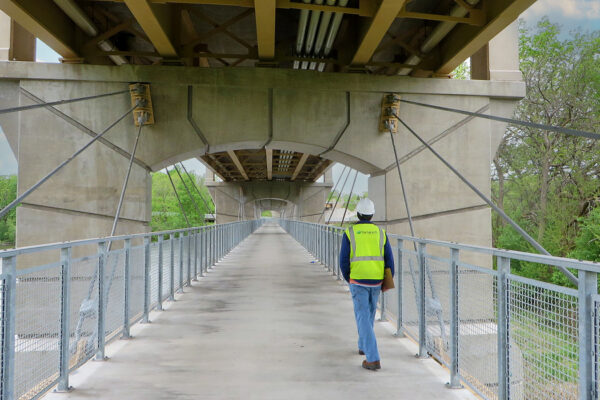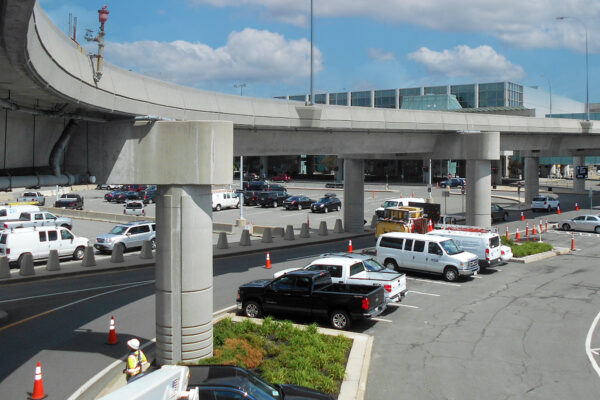Statewide Bridge Load Ratings

Load rating is a quantitative benchmark of a bridge that provides quantitative information regarding how an individual bridge can withstand dead loads and live loads. Based on National Bridge Inspections Standards (NBIS) requirements, the bridges must be analyzed prior to their rating. For the Federal Highway Administration (FHWA) Operating and Inventory ratings, the FHWA requires that load factor analyses be done. The Michigan Department of Transportation (MDOT) has a series of 1, 2, and 3 unit and overloads for which bridges must be rated.
MDOT retained Benesch to perform load ratings on more than 155 bridges throughout the State of Michigan. For each bridge, Inventory Rating, Federal Operating Rating, Michigan Operating and Michigan Overload Class were computed. Virtis software was used to rate the bridges when applicable. The bridge superstructures included concrete tee beams, PPC box beams, PPC I beams, concrete arches, post-tensioned concrete box girders and steel plate girders.
Bridges with skew angles exceeding 30 degrees, bridges with considerable curvatures and bridges with superstructure type that cannot be analyzed with Virtis were modeled, analyzed and rated with other computer programs.
The project team exercised great care when developing the finite element models in order to ensure that boundary conditions, bridge geometry, and the placement of the live loads were done correctly. Section loss in the superstructure elements was considered in the analysis.
Live load analyses were performed using HS-20 trucks in addition to Michigan 1-Unit, 2-Unit, and 3-Unit legal vehicles and MDOT Classes A, B, and C overload vehicles.










